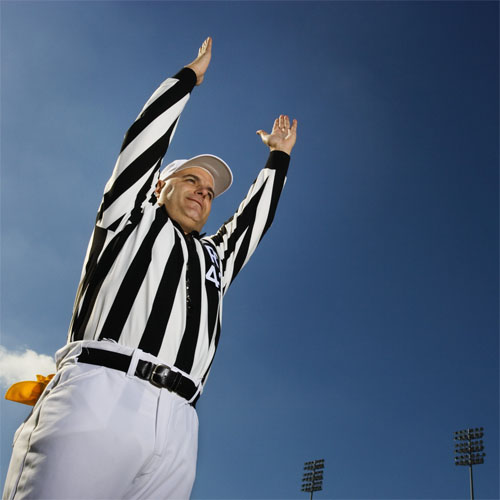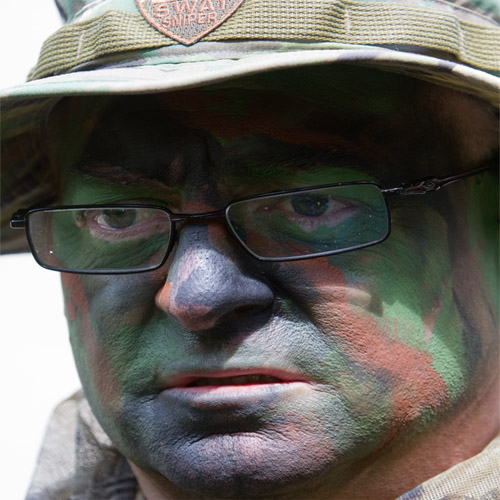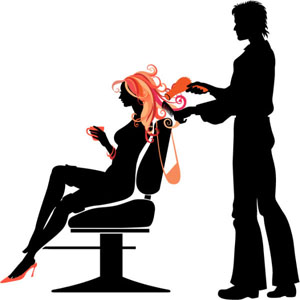
Zebra
Somewhere in, NJ
Male, 62
I've officiated football for over 30 years, now in my 26th on the college level. I've worked NCAA playoffs at the Division II and III level. In addition, I've coached at the scholastic level and have been an educator for over 35 years. I have no interest whatsoever in being an NFL official! Ever!
I have no idea what you're talking about. If you're an unhappy fan, that's the way it goes. If you're a bettor - assuming, of course, that you made a legal sports bet in Nevada or Delaware - that's why they call it gambling. Beyond that, I don't know what you're getting at. How do I get justice for an entire Congress that's lost its mind?
First, you don't indicate the yards to go, so I can't know if there was a first down made. The penalty in this play would be marked off from the spot of the foul since it was beyond the line of scrimmage and behind the end of the run (with me so far?). It is likely at least 2nd down because if the penalty is accepted, you replay the down.
Your third point: you could make a first down, have a penalty by the offense at the end of the run, and be pushed back with the penalty enforcement but still have first down.
Yes...more or less. If there is illegal touching by A, it's going to be B's ball at the end of the play. Unless B fouls. But basically your point is correct. If B should fumble, the ball would be returned to the point of the illegal touch.
The ref is correct. Most youth programs that I'm familiar with use high school rules, with appropriate modifications for the age of the younger and smaller players. The National Federation (that's high school) rules book has two points on this. Rule 9, Section 3, Article 2b: A player shall not block an opponent below the waist except to tackle a runner or player pretending to be a runner. And specifically on tripping, there's Rule 9, Section 3, Article 7: A player shall not trip an opponent who is not a runner. These are safety issues. The theory, I would guess, is that a runner is expecting to be hit at any time and from, literaly, any angle. Blocking below the waist can be very dangerous. You're hearing a lot about it now with the NFL restricting hits above the shoulder; analysts - many of them former players - are now saying tacklers are going to go low to avoid the head shots, and that can be a very dangerous hit. Tripping is also legal against the runner only in college.
Social Network Security Manager
 Can you describe the average Internet troll?
Can you describe the average Internet troll?
SWAT Team Commander (Retired)
 How do you decide whether to try and kill a hostage taker?
How do you decide whether to try and kill a hostage taker?
Hairstylist and Makeup Artist
 How much am I supposed to tip my hairstylist?
How much am I supposed to tip my hairstylist?
If the ball isn't set for some reason by the time the play clock reaches 20 seconds, the referee will pump one hand in the air to reset the play clock to 25. That's to give the offense a fair opportunity to run their offense. But 8 seconds? Something else must have happened - was there a timeout or some clock malfunction or an injury? The 25 count is "sacrosanct" and generally you don't interrupt it.
The kick is still a kick - it was never possessed by anyone. In college, the player is out of bounds once he steps out, and if he touches the ball in play, it is dead. But go back to the kick: in HS and college, a grounded scrimmage kick (punt) in the endzone is dead - it's touchback. Sounds like they got it right.
Th defenseless player call is a live ball foul, that is, during the play. The unsportsmanlike would probably have been a dead ball foul. after the play is over. You can enforce a live ball and a dead ball foul.
-OR-
 Login with Facebook
Login with Facebook (max 20 characters - letters, numbers, and underscores only. Note that your username is private, and you have the option to choose an alias when asking questions or hosting a Q&A.)
(A valid e-mail address is required. Your e-mail will not be shared with anyone.)
(min 5 characters)
By checking this box, you acknowledge that you have read and agree to Jobstr.com’s Terms and Privacy Policy.
-OR-
 Register with Facebook
Register with Facebook(Don't worry: you'll be able to choose an alias when asking questions or hosting a Q&A.)